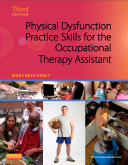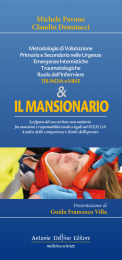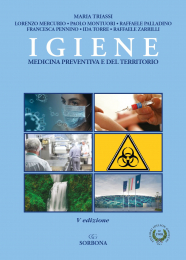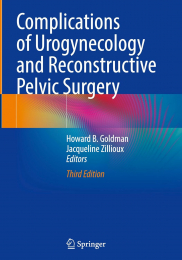Non ci sono recensioni
|
||||||||||
|
||||||||||
|
||||||||||
Table of Contents:
Part I: History and Foundations
1. OT and Physical Disabilities: Scope, Theory, and Approaches to Practice
2. Psychosocial Aspects of Physical Disability
3. Infection Control and Safety Issues in the Clinic
Part II: Framework and Process
4. Occupational Therapy Process: Evaluation and Intervention in Physical Dysfunction
5. Documentation of OT Services
Part III: Assessment of Client Factors
6. Assessment of Motor Control and Functional Motion
7. Assessment of Joint Range of Motion
8. Assessment of Muscle Strength
9. Assessment of Sensation, Perception and Cognition
Part IV: Intervention Principles
10. Teaching and Learning in Occupational Therapy
11. Habits of Health and Wellness
12. Occupations, Purposeful Activities, Preparatory Activities
Part V: Performance in Areas of Occupation
13. Activities and Occupations of Daily Living
14. Assistive Technology
15. Moving in the Environment: Functional Mobility, Transfer Training, Wheelchairs, Driving
16. Sexuality: An Activity of Daily Living
17. Work
18. Promoting Engagement in Leisure and Social Participation
Part VI: Interventions for Performance Skills and Client Factors
19. The Special Needs of the Older Adult
20. Hand Splinting
21. Sensorimotor Approaches to Treatment
22. Interventions for Deficits in Vision and Other Sensory Functions
23. Interventions for Disturbances in Perception and Cognition
Part VII: Clinical Applications
24. Cerebrovascular Accident
25. Traumatic Brain Injury
26. Degenerative Diseases of the Central Nervous System
27. Spinal Cord Injury
28. Neurogenic and Myopathic Dysfunction
29. Arthritic Diseases
30. Acute Hand Injuries
31. Hip Fractures and Lower Extremity Joint Replacement
32. Burns
33. Amputations and Prosthetics
34. Cardiac and Dysfunction and Chronic Obstructive Pulmonary Disease
35. Oncology
36. HIV Infection and AIDS




